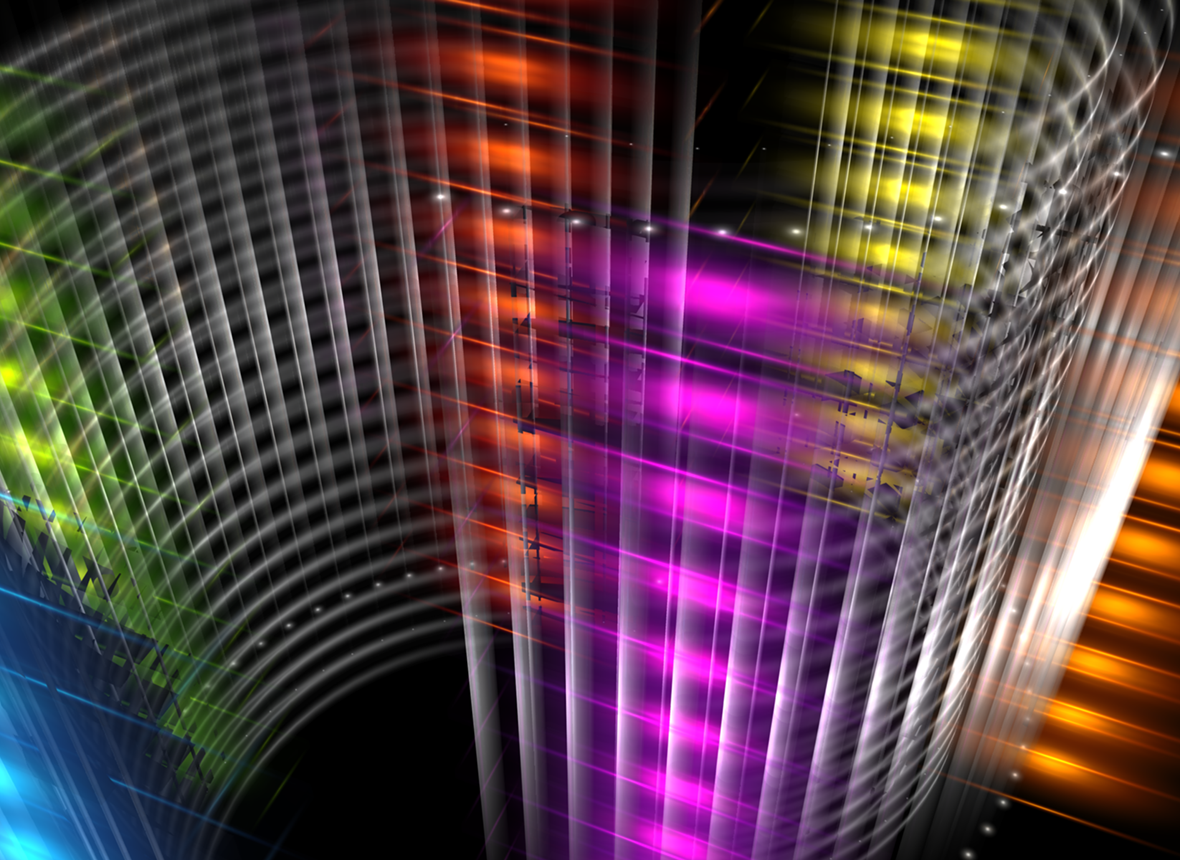The Science Behind Super Color Game’s Random Number Generator
The Science Behind Super Color Game’s Random Number Generator
Introduction
In the world of online casinos, one of the most crucial components that ensures fair play is the random number generator (RNG). The RNG is responsible for producing truly random and unpredictable outcomes, making every https://supercolorgame.com/ spin, roll, or draw unique. In this article, we will delve into the science behind Super Color Game’s RNG, exploring how it generates its seemingly infinite sequence of numbers.
How Random Number Generators Work
Before diving into the specifics of Super Color Game’s RNG, let’s first understand the basic principles of how RNGs work in general. A typical RNG uses a complex algorithm to produce a sequence of numbers that appear random and unpredictable. This is achieved through the use of mathematical formulas and pseudo-random number generators.
There are two main types of RNGs: True Random Number Generators (TRNGs) and Pseudo-Random Number Generators (PRNGs). TRNGs use external events, such as thermal noise or radioactive decay, to generate random numbers. However, these methods are often impractical for large-scale applications like online casinos.
PRNGs, on the other hand, rely on mathematical algorithms to produce pseudo-random numbers. These algorithms create a sequence of numbers that appear random but are actually deterministic and can be predicted with enough computational power. Despite this limitation, PRNGs have become the industry standard due to their speed, efficiency, and ability to be easily replicated.
The Algorithm Behind Super Color Game’s RNG
Super Color Game’s RNG uses a proprietary algorithm developed by the company. While we cannot reveal the exact formula used, we can provide an overview of how it works based on publicly available information.
The algorithm employed by Super Color Game is based on the Linear Congruential Generator (LCG) method. LCGs are a popular choice for RNGs due to their simplicity and high-speed performance. The algorithm uses four key variables: A, B, C, and M, which are multiplied together in a specific order to produce the next number in the sequence.
A = 1664525 B = 1013904223 C = 8889785843761328 M = (2^64) – 1
The LCG method uses these variables to calculate the next number in the sequence as follows:
X(n+1) = ((A * X(n)) + C) mod M
Where X(n) is the current number in the sequence and X(n+1) is the next number.
Pseudocode Representation
To better understand how Super Color Game’s RNG works, we can represent the algorithm using pseudocode:
FUNCTION RNG() x <- CURRENT_STATE A <- 1664525 B <- 1013904223 C <- 8889785843761328 M <- (2^64) - 1 new_state <- ((A * x) + C) mod M RETURN new_state END FUNCTION CURRENT_STATE = RNG()
Shuffling and Initialization
To ensure that the sequence of numbers is truly random, Super Color Game’s RNG employs a shuffling process. When a player initiates a game or starts a new session, the current state of the RNG is initialized to a random value.
This is achieved through a combination of TRNGs and PRNGs. The initial seed value is generated using a TRNG, which produces truly random numbers based on external events. This seed value is then used as input for the LCG algorithm, ensuring that the sequence of numbers produced by Super Color Game’s RNG is both unique and unpredictable.
Testing and Certification
To guarantee fairness and randomness, online casinos like Super Color Game undergo rigorous testing and certification procedures. These processes verify that the RNG produces truly random numbers, free from bias or patterns.
One such testing procedure involves statistical analysis to determine whether the sequence of numbers produced by the RNG exhibits any discernible patterns or trends. This can be done using various metrics, including:
- Kolmogorov-Smirnov Test : Measures the distance between the theoretical and empirical distributions.
- Chi-squared Test : Determines if observed frequencies match expected frequencies under a null hypothesis.
- Autocorrelation Function : Analyzes whether numbers in the sequence exhibit any temporal dependencies.
Conclusion
The science behind Super Color Game’s Random Number Generator is a complex and fascinating topic. By understanding how the LCG algorithm works, we can appreciate the immense computational power required to generate truly random and unpredictable outcomes.
As online casinos continue to evolve and improve their RNGs, it’s essential that they undergo rigorous testing and certification procedures to ensure fairness and transparency. With advancements in mathematics and computer science, the future of online gaming holds much promise for delivering exciting and unpredictable experiences.
While we can’t reveal the exact formula used by Super Color Game, this article has provided a glimpse into the inner workings of their RNG. By demystifying the science behind these algorithms, we hope to inspire a deeper appreciation for the intricate mechanisms driving the world of online gaming.
Whether you’re a seasoned gambler or an enthusiast of mathematics, one thing is clear: the future of online casinos depends on the continued innovation and development of advanced RNGs like those employed by Super Color Game.







